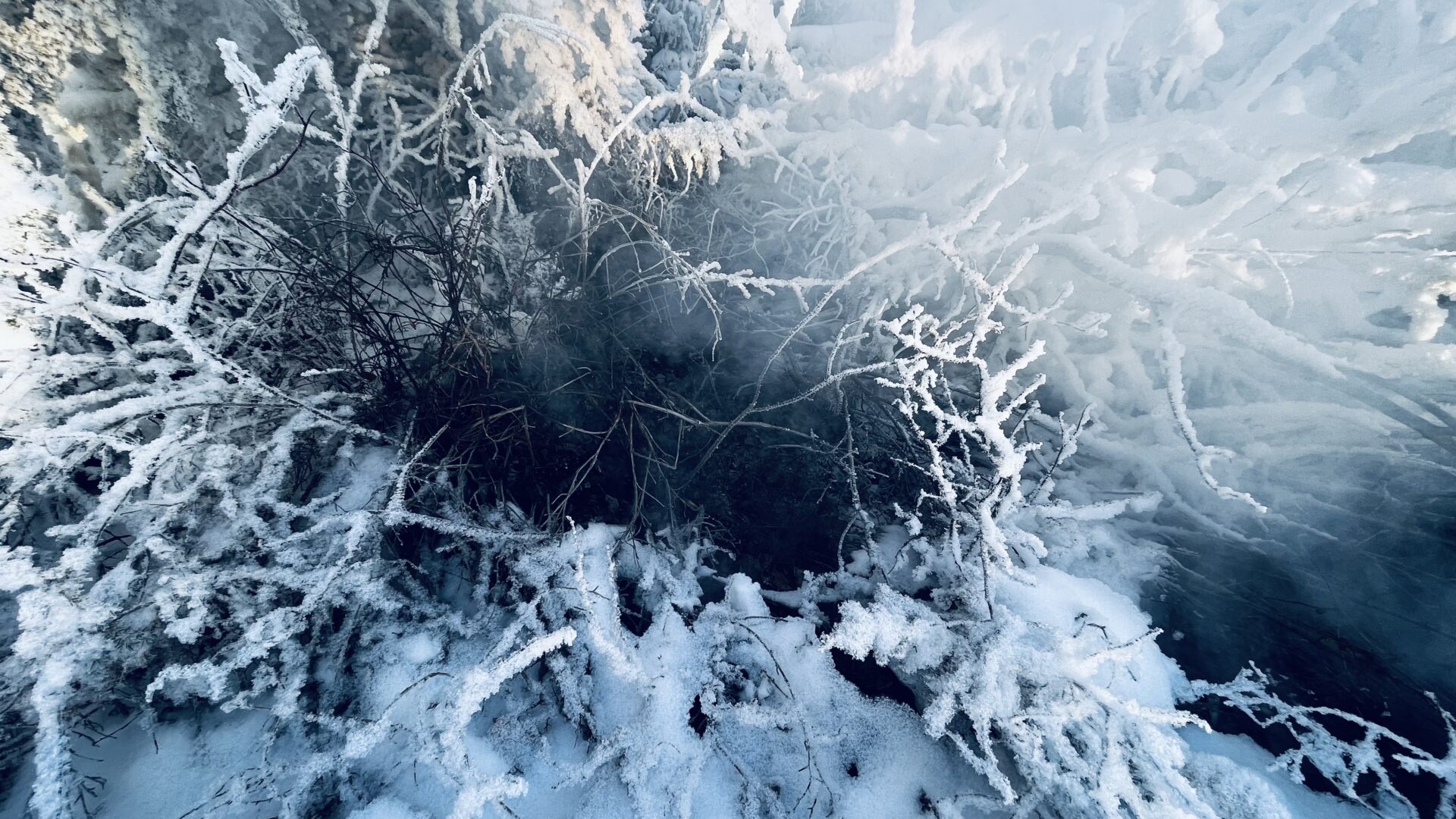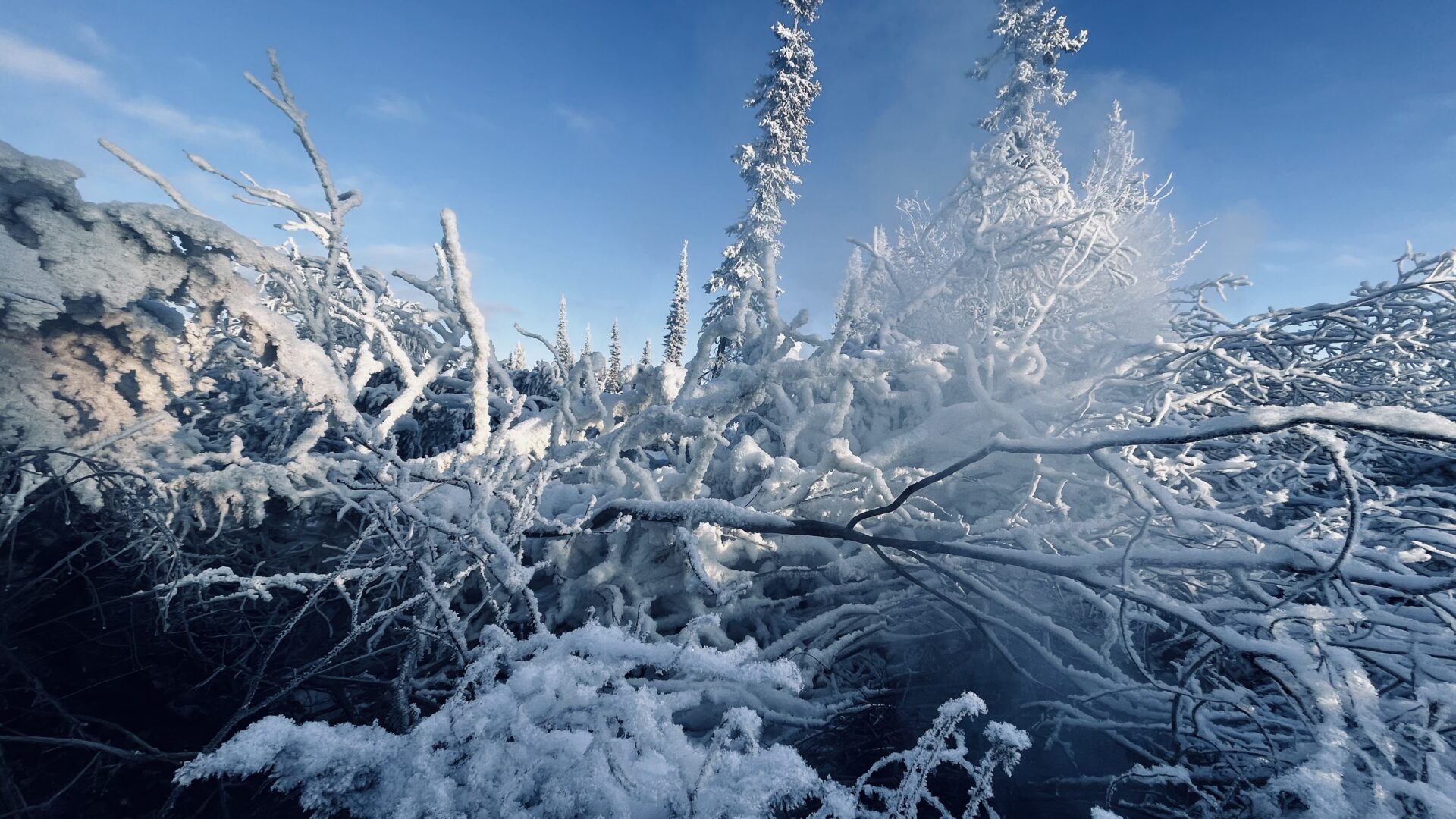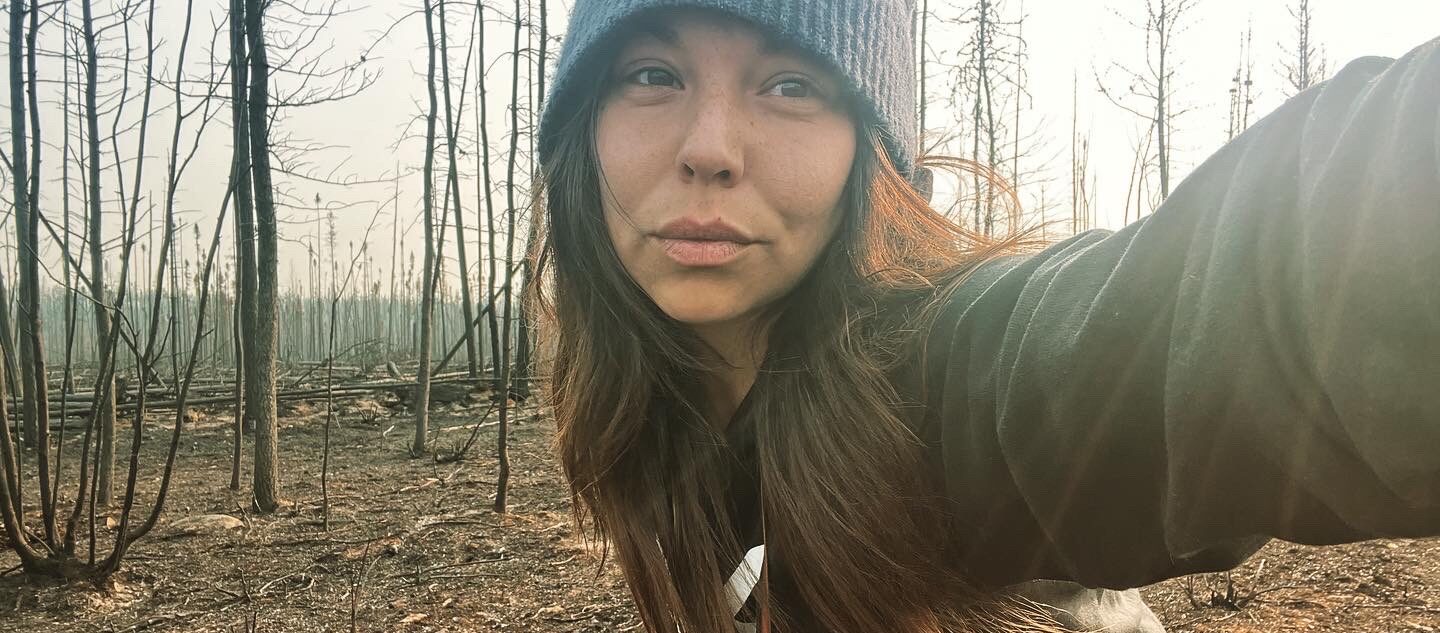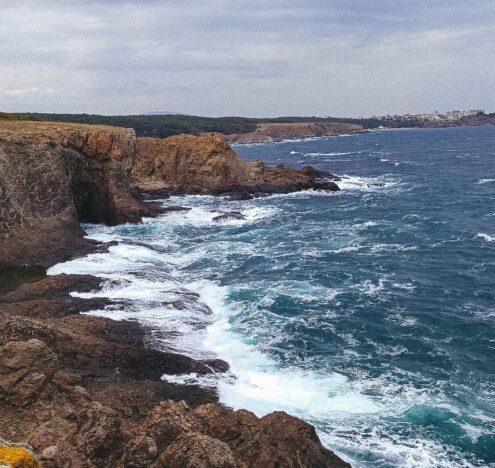I dreamt of Dene, The People, gathering at the center of The Sahtu, Great Bear Lake. Fires spreading all across the territory made it the only safe place to be. But, unlike firefighters — who spray water and chemicals to suppress this sacred element, we had fire carriers who honored fire, learning to work with K’o, fire, to tend the land, maintain the land, and transform the waters, air and soil, bringing the Earth back into alignment. K’o, fire, home, spirit, energy — it is all the same sacredness.
In my dream, I saw that by honoring these practices we might change the course of how we experience fire, and life on this earth, over the next ten, fifty, and one hundred years. If we honor and bring balance back to our relation to fire, we can change how the next seven generations will also know fire.
Research from recent wildfires has shown that the fires that burn out of control here in the northern boreal destroy the healing nature of large forested areas, turning them from carbon sinks to carbon sources. I can’t help but wonder, if properly implemented, could these fire practices reverse this process, or better yet, transform it? I have heard elders tell stories of playing in the fires of their community burns, decades ago They remember the flames being as gentle as ocean waves lapping at the beach. They were cautious but unafraid, they were surrounded by family, community, other humans, and their group relation to fire was one of reciprocity, of gratitude. It is this that I reflect on whenever I hear language around fire, fire prevention, or western calls to stop fire altogether.
We can choose to remember our early sciences and land philosophies, in harmony with creation, resource, spirit, Mother Earth, Gaia, our first mother, and through her teachings bring our world back into balance, into harmony, or we can continue to ignore her ancient wisdoms.

























